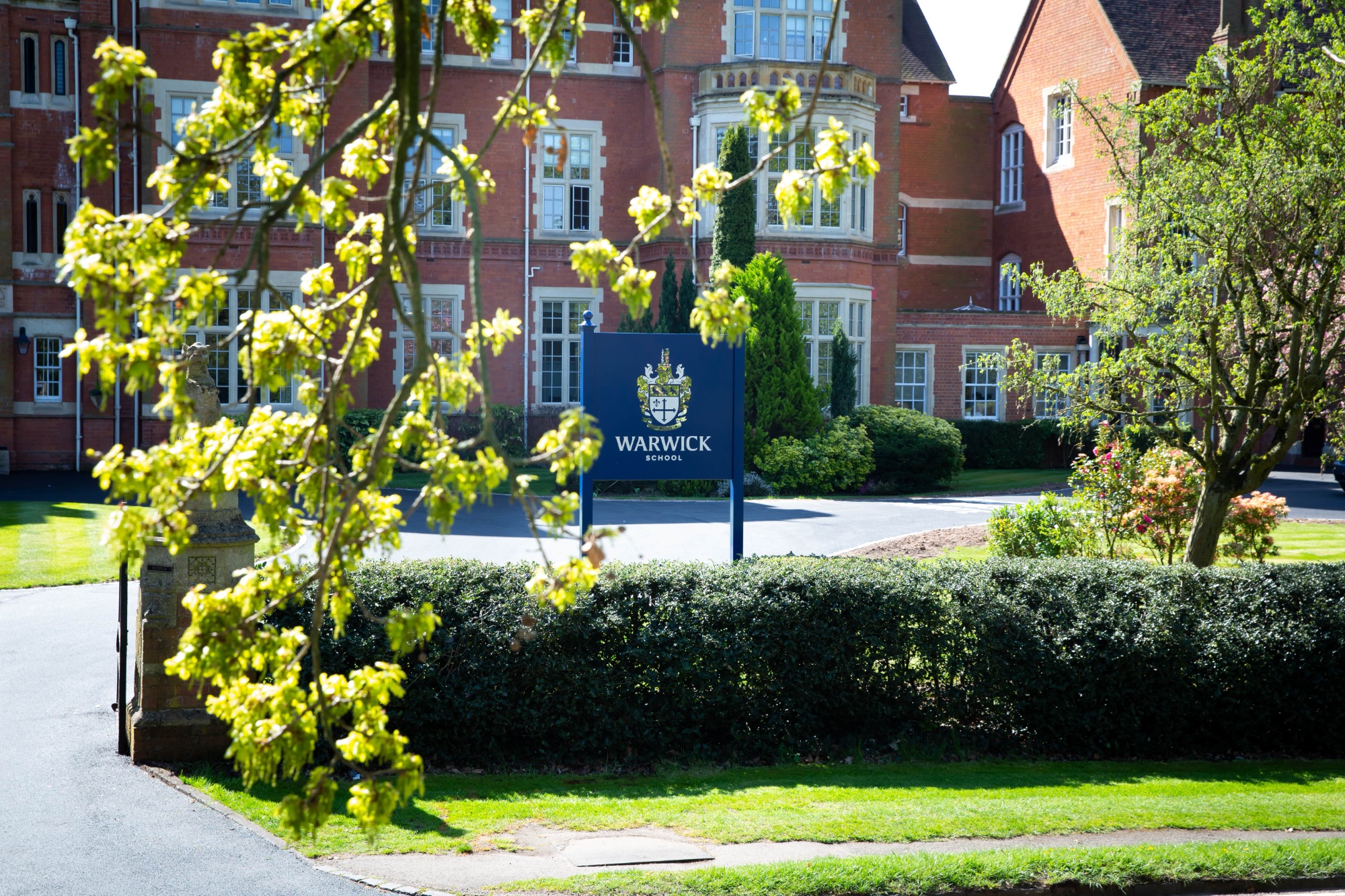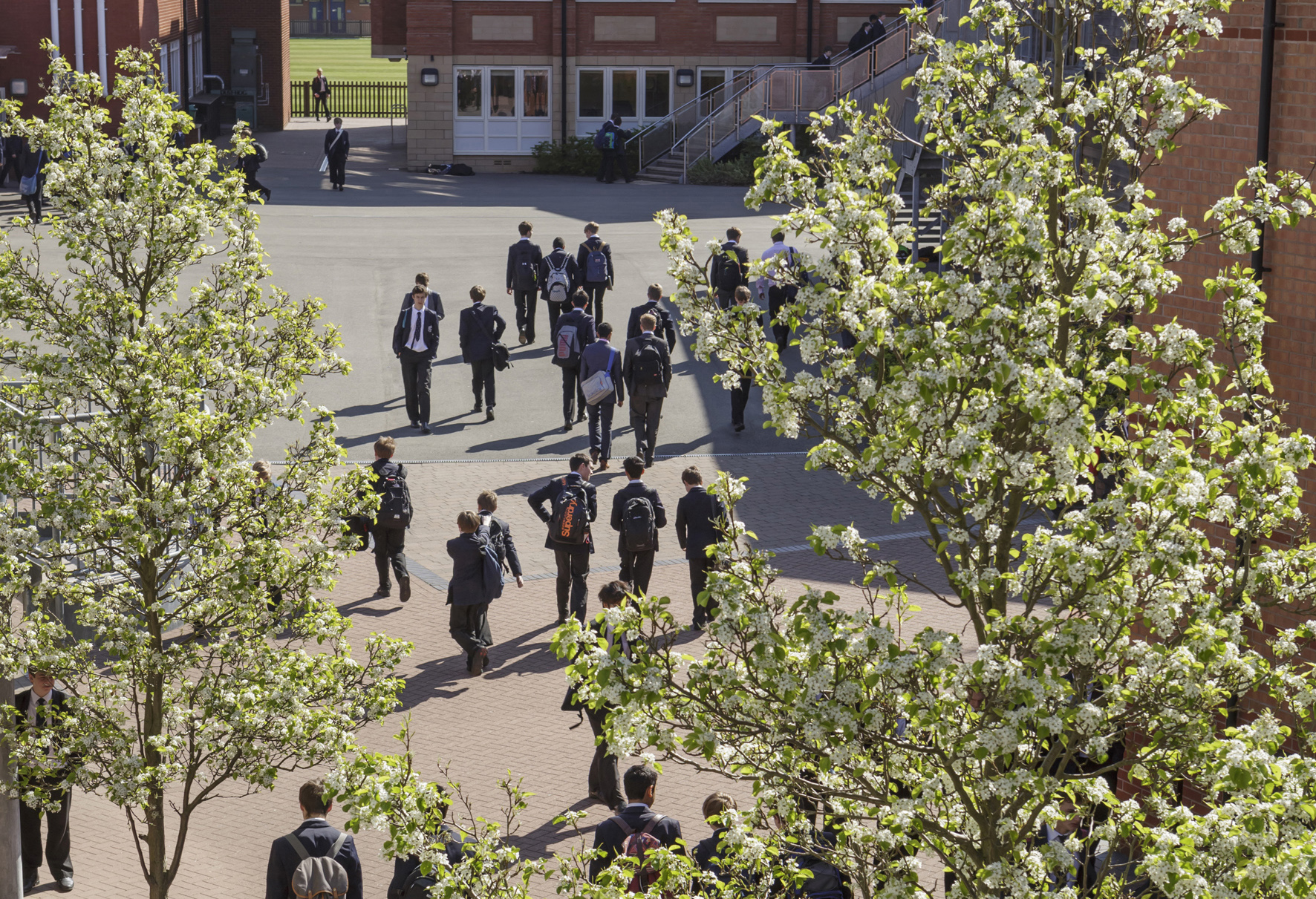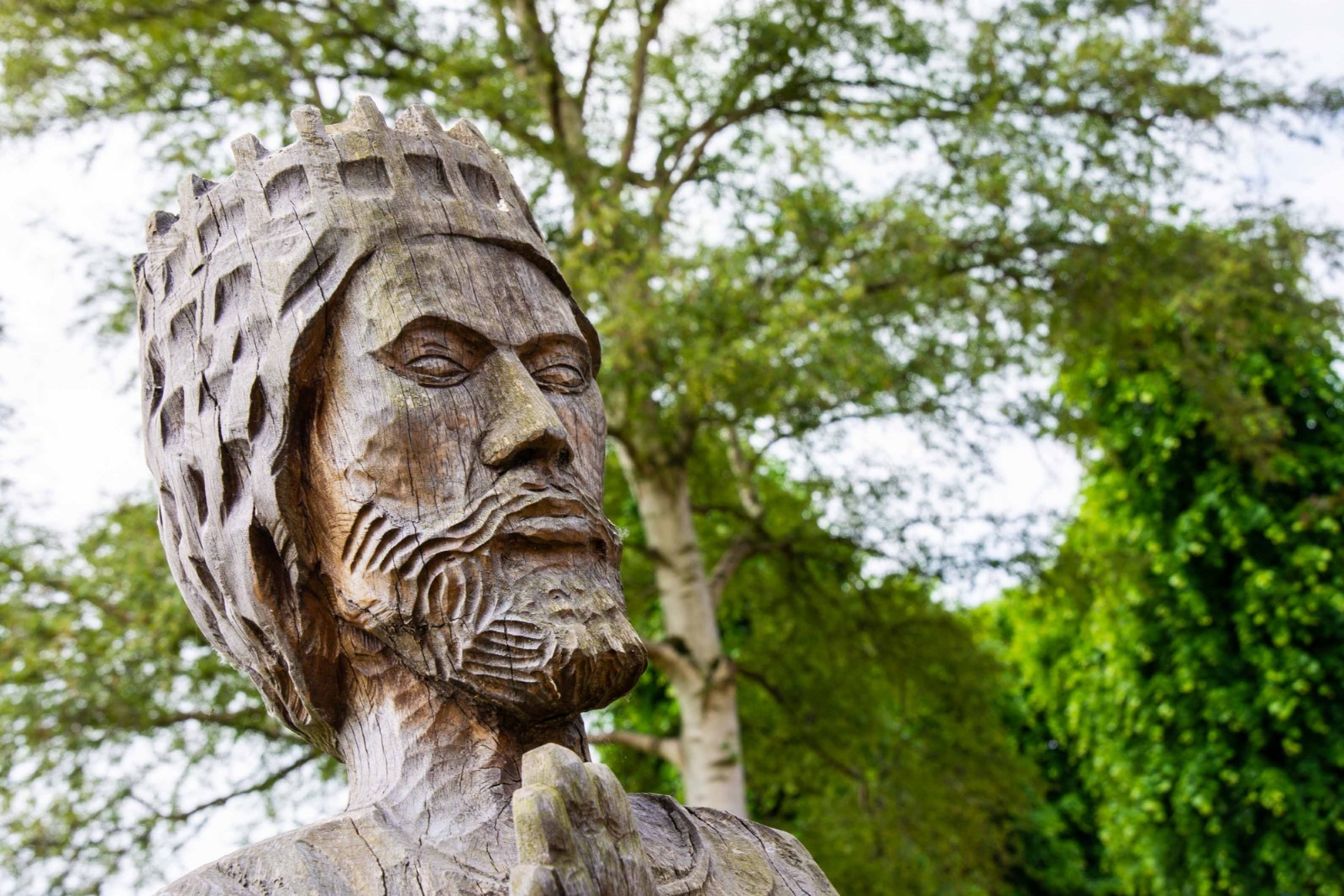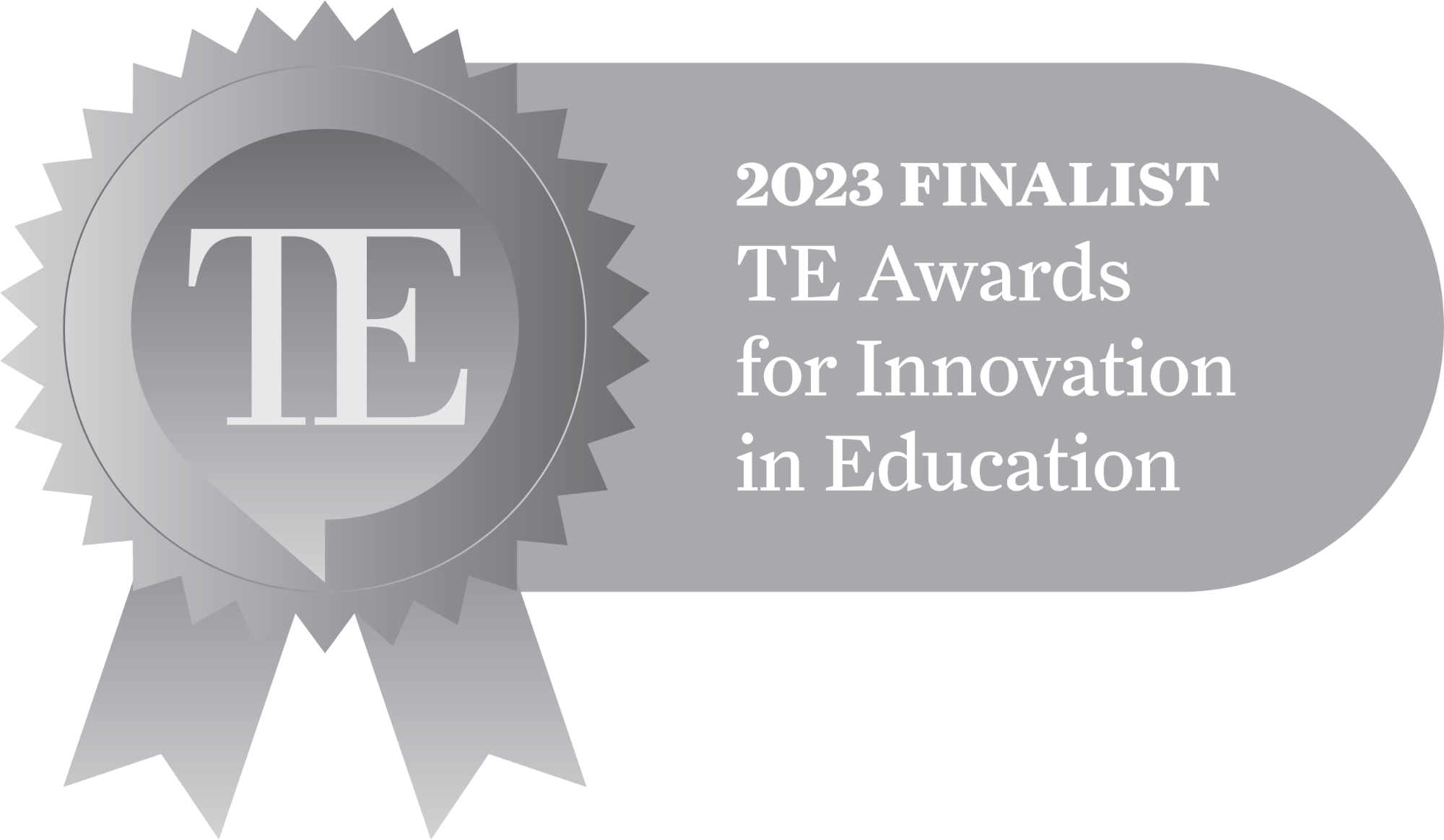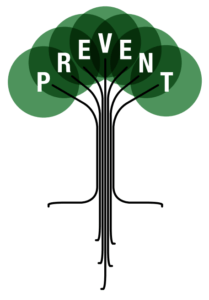The Life of Pi and Choosing the Better Story
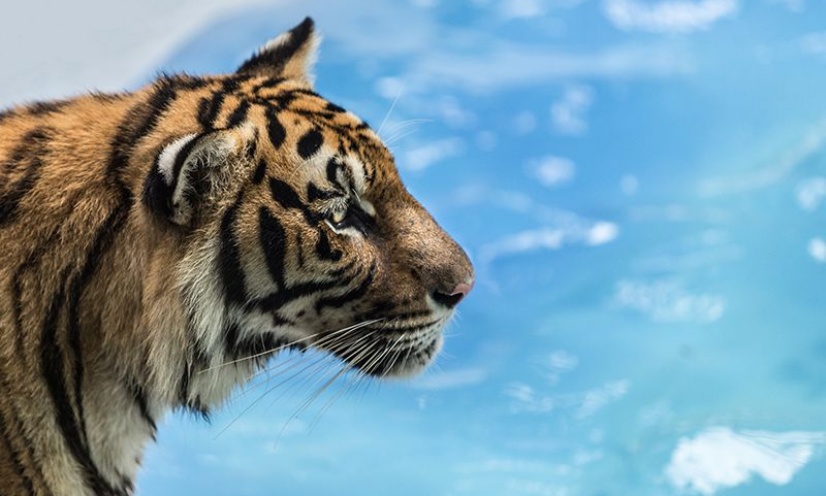
Recently when listening to my favourite podcast, I was reminded of a novel that I love, the Canadian author Yann Martell’s Booker prize winner ‘The Life of Pi’. The novel was turned into a Hollywood film in 2012 for which Ang Lee won the Oscar for best director. It tells the remarkable story of Pi Patel and takes the form of an interview of the middle-aged Pi, conducted by a young Canadian author who has been told that his extraordinary life story would make a great subject for a book.
As a child, Pi’s family owned a zoo and the young man took an interest in the animals, especially a Bengal tiger named Richard Parker. When Pi was 16 his father announced that they were moving to Canada where he intended to settle and sell the animals. Tragically the ship transporting them to their new life sinks in a storm. After the storm, Pi awakens in a lifeboat accompanied by an injured zebra and an orangutan. A hyena then appears from under a tarpaulin and forces Pi to retreat to the end of the boat, before killing the zebra and the orangutan. Richard Parker then emerges from under the tarpaulin and kills the hyena before withdrawing to cover for several days. During this time Pi fashions a small raft made from life jackets, ties it to the boat and retreats there for safety. Pi begins fishing enabling him to feed both himself and the tiger. Pi then saves the tiger from drowning and over time Richard Parker comes to accept him in the boat. Weeks later they land on an island. It is a lush jungle of edible plants, freshwater pools and a large population of meerkats, enabling Pi and Richard Parker to eat and drink freely and regain their strength. Eventually they decide to leave the island, and after more time at sea they reach the coast of Mexico where Richard Parker disappears into the jungle and Pi is rescued and taken to hospital.
Soon after, insurance agents from the shipping company arrive at the hospital and interview Pi. They do not believe his story and ask what really happened. Pi then tells a different story, a version of events in which the animals are replaced by human survivors: his mother is the orangutan, an amiable sailor the zebra, and the ship's brutish cook the hyena. In this story, the cook kills the sailor and feeds on his flesh. He also kills Pi's mother after which Pi kills him with a knife and uses his remains as food and fish bait. The insurance agents are not entirely satisfied with this second story, but none-the less they leave without questioning Pi further. The young author recognizes the parallels between the two stories, noting that in the second version Pi is actually Richard Parker. An exchange follows in which Pi acknowledges that he has told two different stories about what happened out on the ocean, that neither explains what caused the sinking of the ship, and that no one can prove which story is the truth. In both versions the ship sinks, Pi’s family die and he suffers. The author agrees, and Pi asks him which story he prefers. The author chooses the story with the Tiger because it is the better story. Pi cryptically replies, ‘Thank you and so it goes with God.’
Like all the very best fiction the novel uses story to address several themes and, in the past, I have used it to teach the pragmatic argument for the existence of God. Pragmatic arguments are not arguments for the proposition that God exists rather, they are arguments that believing in God’s existence is rational because of the benefits of that belief. The most famous example of a pragmatic argument is Pascal’s Wager. French Mathematician, Blaise Pascal argued that you cannot know whether God exists, but you can choose to believe or not. For Pascal the benefits of choosing to believe far outweigh the costs and therefore when faced with two unknowable alternatives the rational individual should choose to believe.
In ‘The Life of Pi’ the Canadian author has a similar choice. Presented with two different accounts of what happened out on the ocean and having no way of knowing which is true, he can choose which to believe. He chooses to believe the one with the tiger because it is the better story. Just like Pascal, Martel appears to be arguing that when choosing between alternative interpretations of life we should choose the one that has the greatest benefit for us.
To me, ‘The Life of Pi’ has always been an allegorical version of the pragmatic argument. Over Easter, Dr Rangan Chaterjee was a guest on The High-Performance Podcasts. Chaterjee is a physician, author and the host of the podcast ‘Feel Better, Live More’. The interview caused me to reflect on my perspective on ‘The Life of Pi’ and reconsider it as communicating a far broader idea than merely the pragmatic argument.
Through his podcast, books and media appearances, Charterjee aims to share simple techniques that will help us to lead a more fulfilling and happier life. He claims that happiness is a choice, and everyone can learn to make this choice. On the surface this seems exactly the sort of trite claim made by dubious self-help gurus. To simply claim that you can choose to be happy takes no account of the impact of circumstances and events on our mental state. This was certainly my initial reaction and I very nearly stopped listening. However, I trust this podcast, and the hosts endeavour to invite unusual guests and implore the listener to give them a chance…so I persevered.
For Chaterjee happiness is a question of how you approach the world. This does not mean that he believes the world around us doesn’t have an impact on our happiness, of course it does. We can influence events, but they are frequently beyond our control. There is however a gap between stimulus and response and in that space exists our power to choose.
Chaterjee uses an example to demonstrate this point. The example is that of a football match when, dependent on which team they support, an incident will be viewed differently by two individuals. One will view it as a clear foul and a yellow card for the defender and the other will see a dive and a booking for the attacking player. Which perspective is true? In every given situation there are multiple stories. The two spectators have chosen their story from among them. Chaterjee argues that this is true in every circumstance. If we can shift our mind set and recognise that in every situation we have the freedom to choose our response, then we can either choose the story in which we are the victim, see the world as unfair and ask why these things always happen to us, or we can choose a different story, a happier story. To illustrate his point Chaterjee uses the example of media reports about the bulk buying of toilet roll from the start of the first lockdown. Confronted by these events we can choose our response. We can focus on the negative impact of people’s selfish decisions and feel angry or, an alternative story is that the man pushing a trolley containing sixteen packets of toilet paper is a carer for their elderly relative or that they work in a care home. Neither of these stories materially changes our situation, but one leaves us frustrated and angry and the other leaves us with a positive impression about the nature of humanity.
‘The Life of Pi’ makes the same point. We cannot always control the things that happen to us, but we can choose how we respond to them, how we interpret them, and the choice between alternative interpretations and responses should be based on their respective value to us. Neither of Pi’s accounts changed the material circumstances; the ship had sunk; his family had drowned, and he was suffering. Similarly, in March 2020, whatever the motivation for bulk buying we were confronted by a shortage of toilet paper. Just as Chaterjee asks us to choose the happiness story, so Martell guides us to choose the better story, the one that gives us greater pleasure and happiness.
Despite my initial scepticism Chaterjee and Martell have a point. It may not be easy but if we can shift our mind set and recognise that our responses to events are within our control and practice choosing the ‘happiness story’ rather than the victim narrative, then in time we will be all the happier.

